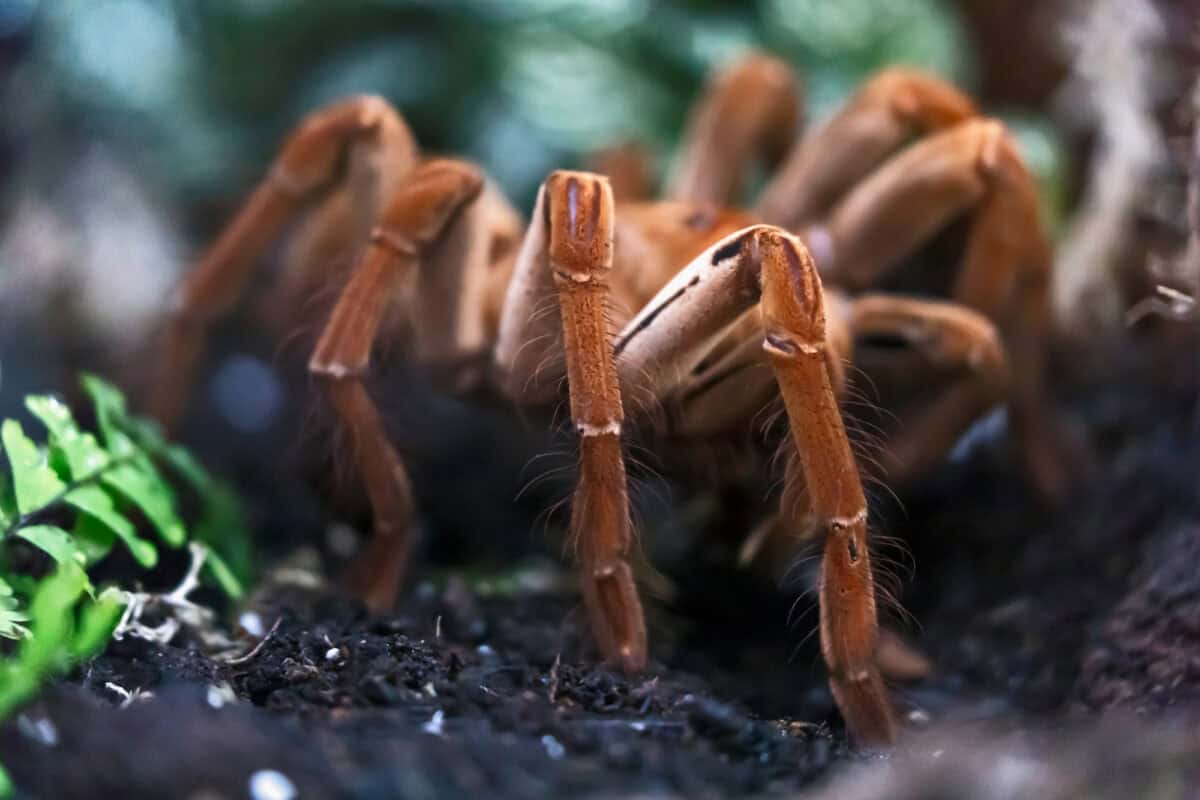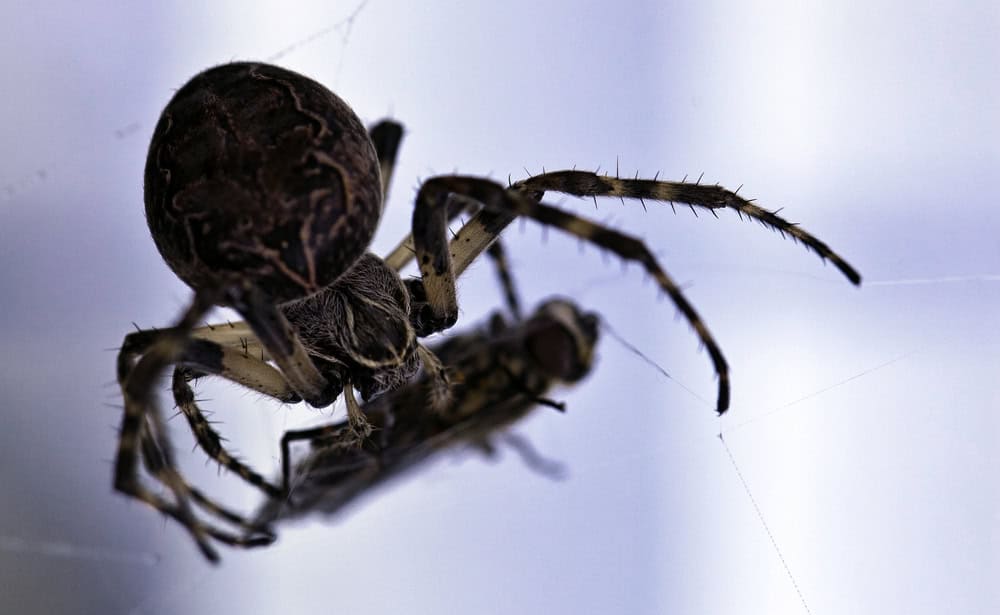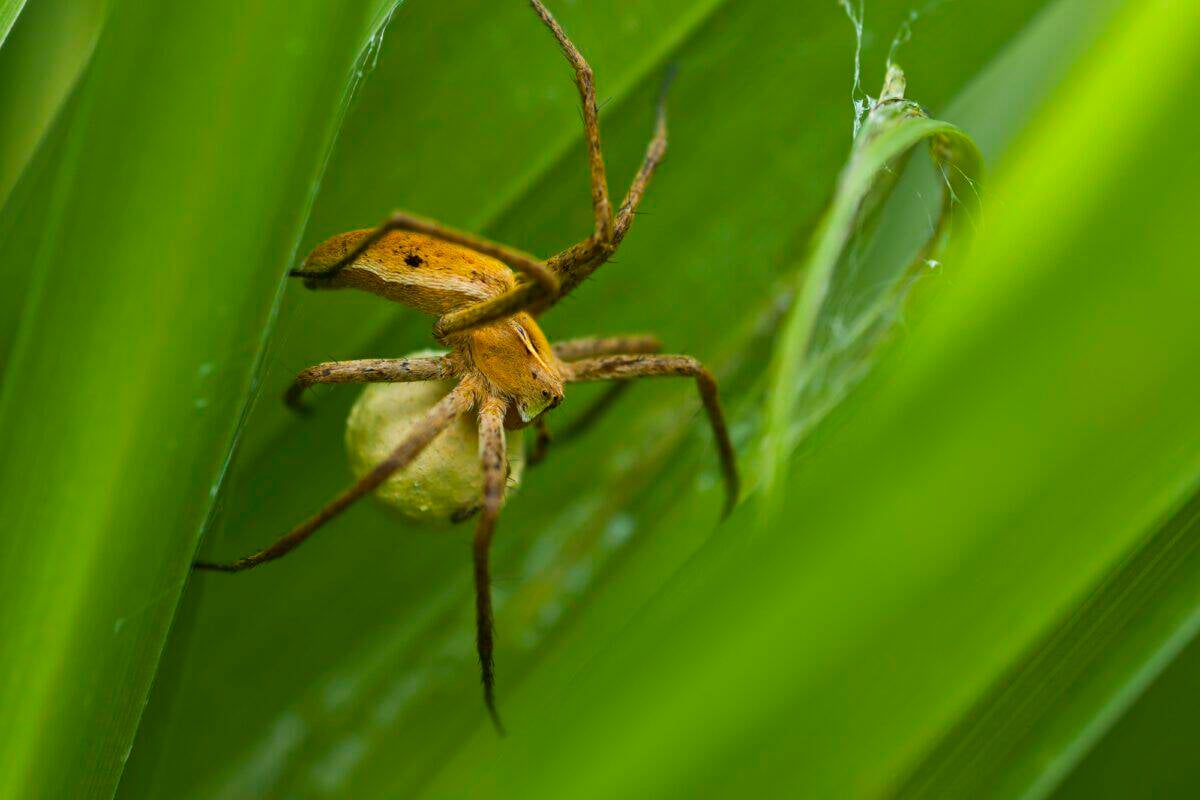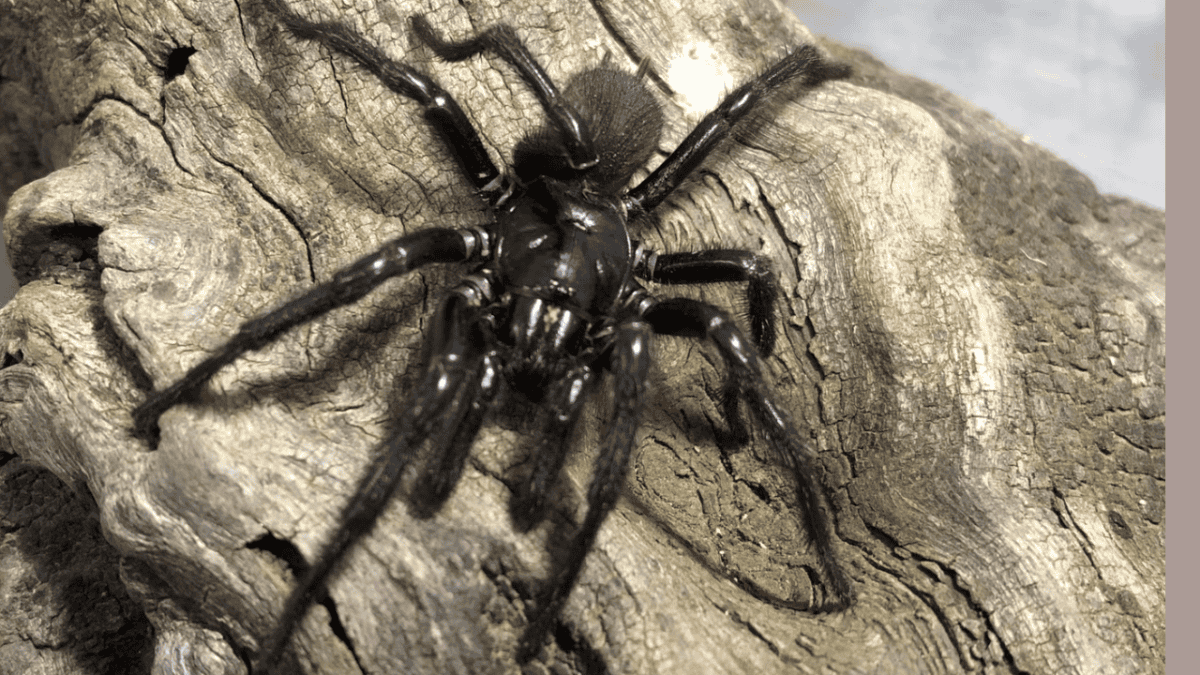The brown recluse spider, known scientifically as *Loxosceles reclusa*, is a creature that has both intrigued and concerned many due to its potentially harmful bite. This small, brown spider is part of the recluse family, infamous for their shy and reclusive behavior. The brown recluse is primarily identified by its violin-shaped marking located on the top of its cephalothorax, leading to its nickname, the “fiddleback spider.” While its presence is most feared in the United States, it is important to understand where they are predominantly located and, more importantly, which states are naturally shielded from encountering these spiders.
Habitat and Distribution of the Brown Recluse Spider

The brown recluse spider is predominantly found in the central and southern states of the United States. It thrives in warm, dry, and sheltered environments often associated with human habitation. These spiders are not aggressive and tend to hide in undisturbed areas such as basements, attics, sheds, and closets, as well as in outdoor rock piles or woodpiles. However, their range is not universal across all of the states, which provides relief to certain regions.
Understanding the Native Range

The native range of the brown recluse is crucial for determining which states are generally free from these spiders. Broadly, the range includes states in the Midwest westward to Nebraska and south to Texas, and eastward through Kentucky into parts of the central southeastern U.S. This means the highest concentrations are found in states including Missouri, Arkansas, Louisiana, Mississippi, and Tennessee among others. However, when examining the range map closely, some states fall outside this native habitat, offering refuge to those wary of the brown recluse.
States Safe from the Brown Recluse

Residents in several states can breathe a sigh of relief knowing that their locations fall outside the typical range of the brown recluse. These states include much of the northern United States, the Pacific Northwest, the far northeastern U.S., and several areas in the arid Southwest. The climate and environmental conditions in these regions are unsuitable for the brown recluse due to factors like lower temperatures and higher humidity, which contrasts with their preferred dry and temperate habitats.
States commonly recognized as safe from the brown recluse spider include Maine, New Hampshire, Vermont, Massachusetts, Rhode Island, Connecticut, New Jersey, Washington, Oregon, Idaho, and Montana. Alaska and Hawaii also lack native populations of these spiders. While sighting one of these spiders in these areas is not impossible due to accidental transportation, it is exceedingly rare and not indicative of an established population.
Why Some States Are Free from Brown Recluse Spiders

The absence of the brown recluse in various states can be attributed to several biological and ecological barriers. Primarily, temperature plays a significant role; brown recluse spiders are adapted to warmer climates and cannot survive in areas with harsh, cold winters. Conversely, the moist and humid environments found in many coastal and northern states are unsuitable for their habitation, as they prefer arid and less humid conditions.
Furthermore, geographical barriers such as mountain ranges and large bodies of water can effectively limit the natural dispersion of brown recluse spiders. Without human-aided transportation, these spiders are unlikely to migrate across such obstacles successfully.
Conclusion: Awareness and Prevention

Understanding the distribution and habitat of the brown recluse spider is crucial for both prevention and peace of mind. While they are relatively confined to specific regions, it is always wise for individuals in any state to be aware of the potential for the arrival of non-native insects and arachnids through travel and shipments. Nonetheless, residents in the aforementioned states can remain confident that they are far removed from the natural habitats of the brown recluse.
In states where brown recluses are not established, preventing infestation is less about reacting to existing populations and more about sensible precautions to ensure these spiders do not establish themselves. This includes regular inspections of goods entering from endemic areas and maintaining habitats that are less inviting to all sorts of unwelcome arachnids.
- The Most Beautiful Bird Migration Routes Across the US - August 9, 2025
- 14 Dog Breeds That Love to Cuddle - August 9, 2025
- 11 Signs Your Horse Might Be Bored - August 9, 2025

